Women in Medicine
Breadcrumb
Discover Women in Medicine

Everyone has a story to tell about overcoming barriers and challenges and the lessons learned along the way. Perhaps none more important than women, many from underrepresented racial and ethnic groups, who have made extraordinary achievements in medicine and science or support the health and wellness of persons in their communities each day.
For March, in recognition of Women's History Month, the NNLM Reading Club brings awareness to Women in Medicine featuring three new books to discover and discuss.
In addition to the three great titles, check out Rise, Serve, Lead! America's Women Physicians, the National Library of Medicine’s traveling and online exhibits. Dr. Elizabeth Blackwell, the first woman to receive an MD from an American Medical School, is featured in the exhibit.
"As we seek to improve healthcare outcomes and reduce healthcare disparities, it becomes clearly necessary that gender and ethnic diversity are reflected in the physician workforce, and this needs to be addressed early in our educational structure, from matriculants and continued to leadership within the upper ranks of healthcare organizations." 1
Photo: How Marie Curie Brought X-Ray Machines to the Battlefield. Article by Timothy J Jorgensen, The Conversation. Smithsonian Magazine. October 11, 2017.
Discover NIH
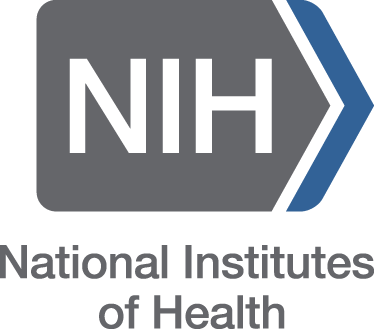 The National Institutes of Health (NIH), a part of the U.S. Department of Health and Human Services, is the nation’s medical research agency — making important discoveries that improve health and save lives. NIH is made up of 27 Institutes and Centers, each with a specific research agenda, often focusing on particular diseases or body systems.
The National Institutes of Health (NIH), a part of the U.S. Department of Health and Human Services, is the nation’s medical research agency — making important discoveries that improve health and save lives. NIH is made up of 27 Institutes and Centers, each with a specific research agenda, often focusing on particular diseases or body systems.
Office of Women's Health serves as the focal point for women's health research at the National Institutes of Health. For over thirty years, ORWH has worked across the NIH and beyond to advance our understanding of sex and gender as influences in health and disease, support women in biomedical careers, and stimulate research to improve the health of women.
To learn more about some of the women scientists at NIH, check out the Women in Science Profiles from the Eunice Kennedy Shriver National Institute of Child Health and Human Development.
The Women of Color Research Network (WOCRN) was created to provide women of color and supporters of their advancement in the biomedical sciences information about the NIH grants process, advice on career development, and a forum for networking and sharing information. Explore their Professional/Career Development Tools and Resources page.
Promote on Social Media
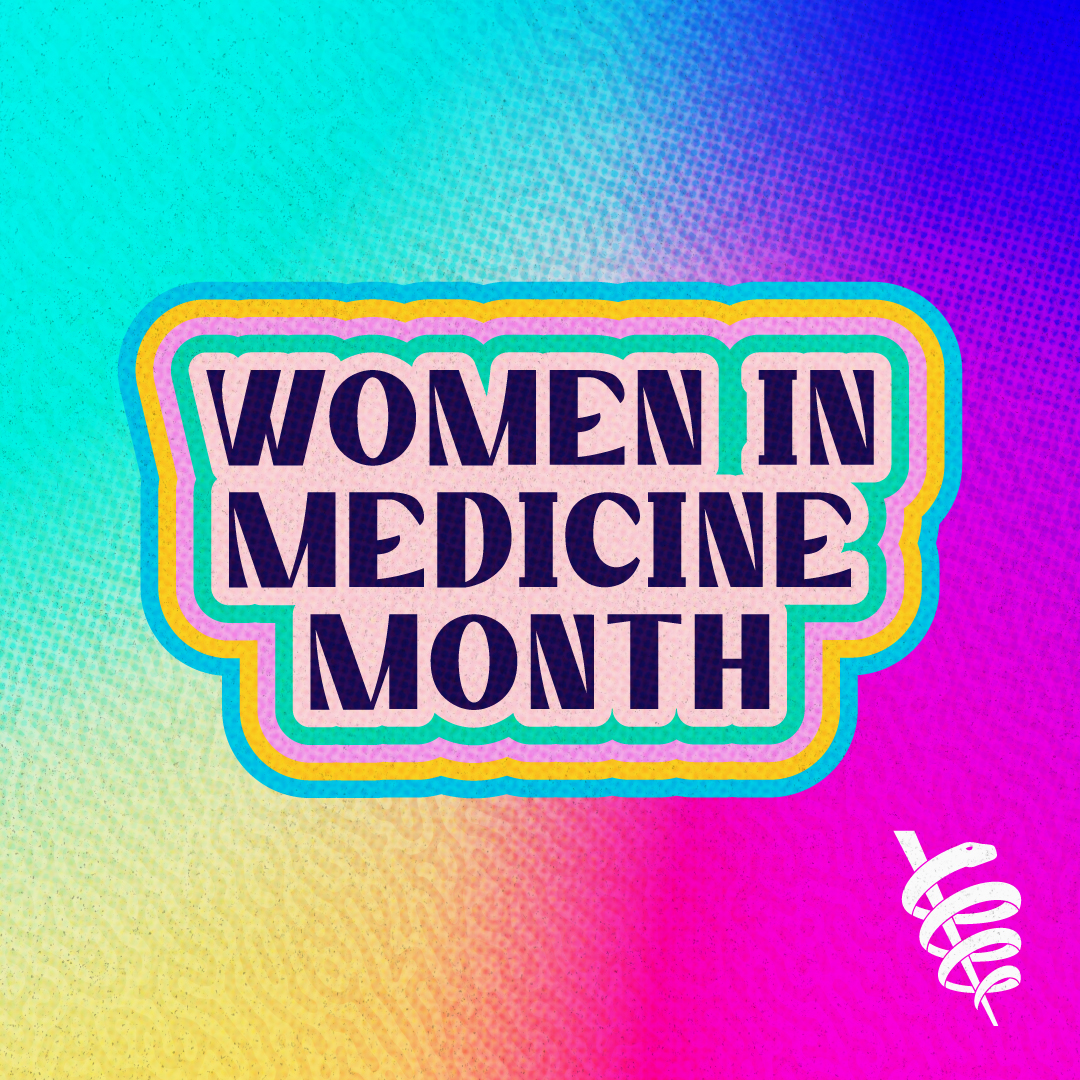
Office on Women's Health (OWH) was established in 1991 within the U.S. Department of Health and Human Services (HHS). OWH coordinates women's health efforts across HHS and addresses critical women's health issues by informing and advancing policies, educating health care professionals and consumers, and supporting innovative programs.
Celebrate and support Women in Medicine through your social media channels:
- Showcase the accomplishments of the #WomenofAMA and all women physicians and medical students
Highlight advocacy needs related to the professional concerns of women physicians and health issues impacting women patients
Share the important work of the AMA and the Women Physicians Section
Featured Books
-
Title: The Beauty in BreakingPublisher Penguin Random HouseYear published 2020Book image

-
Title: The Doctors BlackwellPublisher W W Norton & CompanyYear published 2021Book image
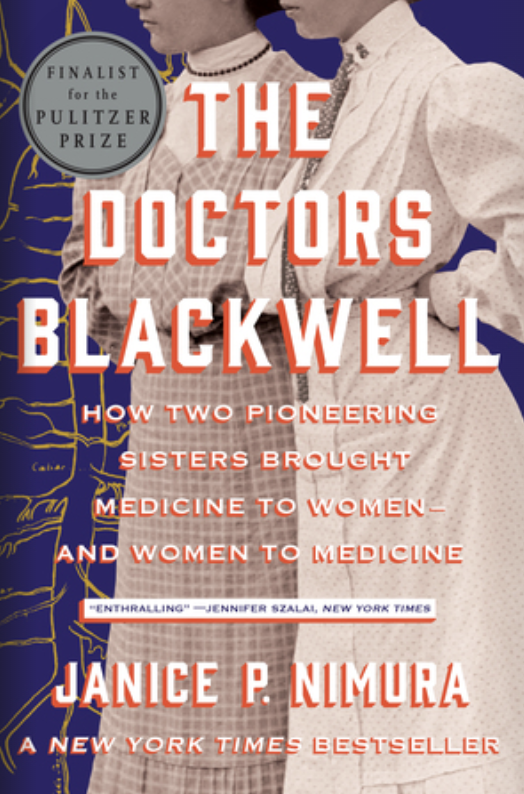
-
Title: The Nurse's SecretPublisher Kensington Book PublishingYear published 2022Book image

-
Title: The Scalpel and the Silver BearPublisher Bantam BooksYear published 2000Book image
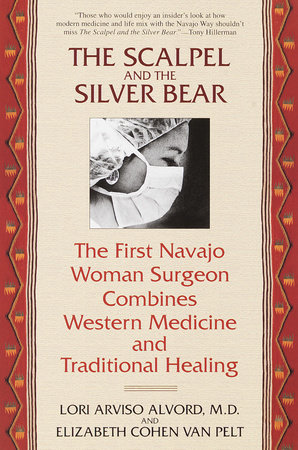
-
Title: Twice as HardPublisher Beacon PressYear published 2023Book image
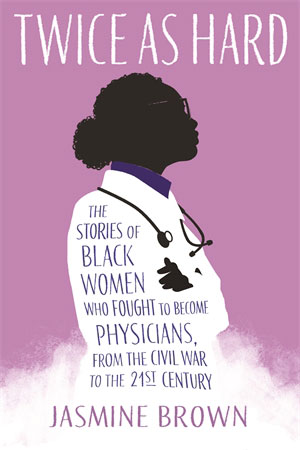
Terms of use: Network of the National Library of Medicine (NNLM) staff offer these health discussion resources for educational use. The materials included do not necessarily reflect the views or opinions of the author, publisher, or the sponsoring agencies of the National Library of Medicine (NLM) and the National Institutes of Health (NIH).
